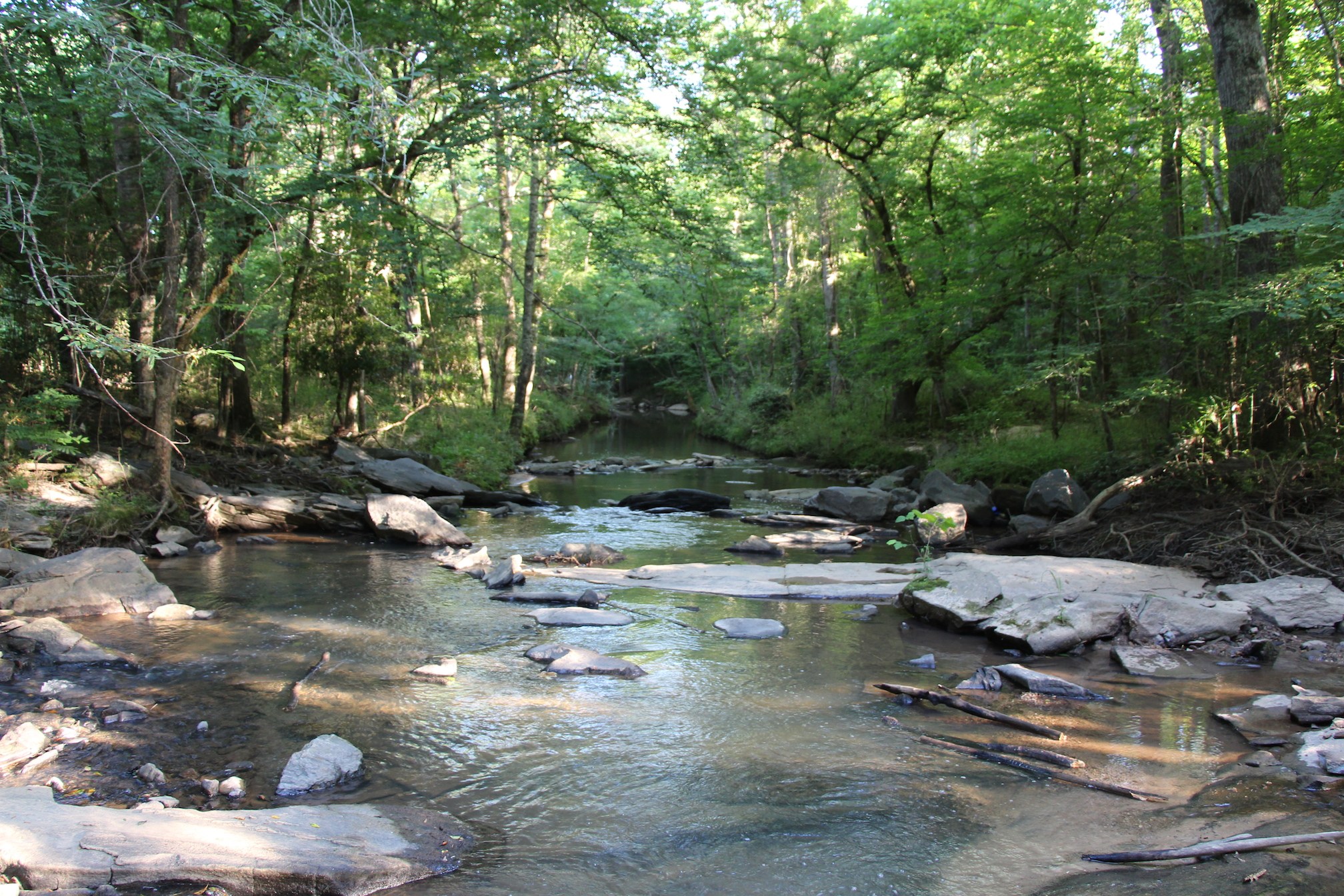By Case O’Dell
For the Opelika
Observer
Alabama receives between 50-60 inches of rain every year. That amount is high enough to rank our state in the top 5 for annual rainfall in the United States.
In other words, that’s a lot of water and all this rain must go somewhere. Usually it ends up in streams and rivers, eventually making its way down through the state to the Gulf of Mexico.
But what happens from the time it hits the ground to the time it enters a local creek or stream?
A large portion of rain and other forms of precipitation hit the ground and infiltrate directly into the soil, recharging groundwater and flowing toward local streams.
However, there is another significant portion of precipitation that hits roads, parking lots and roofs. These surfaces, along with other impervious structures, restrict the infiltration of rainwater into the ground and instead cause water to flow across the earth’s surface. This runoff is called stormwater.
Newly developed areas are typically engineered to divert stormwater across impervious surfaces to gutters, inlets, drains and other conveyance structures.
Once here, it is directed through infrastructure and released at outfalls directly into local waters such as Pepperell Branch, Rocky Brook Creek, Moore’s Mill Creek and many others.
It is important to note that stormwater is not sent to a facility for treatment prior to being released.
From the time a rain drop first strikes a surface to the time it enters a stream, it has the potential to become contaminated by a great number of things.
Stormwater is routinely exposed to trash, chemicals, pet waste, sediment and many other harmful compounds while on its way to an inlet or drain.
Once stormwater has entered a conveyance structure it can carry contaminates directly to waters close to where we all live, work and play.
These pollutants compromise the quality of our local water resources and can lead to unsafe conditions for fish, wildlife and even humans.
For this reason, it is important to do our part to prevent various pollutants from entering our local waters via stormwater drainage systems. This starts with developing a consciousness of stormwater, knowing what it is, what it encounters and where it goes.
Keeping inlets free of debris, properly disposing of pet waste and trash and reporting failed drainage structures to the city are simple but effective practices. Effectively managing stormwater by minimizing its contact with contaminants is a critical component of improving the overall quality of Opelika’s waters.
For the next four weeks of this series, we will focus on some of the major issues that directly relate to stormwater contamination: litter, illicit discharges, erosion and pathogens.
These topics range from problems that can be practically addressed by citizens to more specific issues encountered during construction that require designed management practices.
After each topic is explored, you will be more informed on how to better protect stormwater and subsequently improve the quality of waters close to where you live and work.
This is the third installment of a weekly series on water conservation and usage within city limits. O’Dell is an engineer technician with the city of Opelika.


